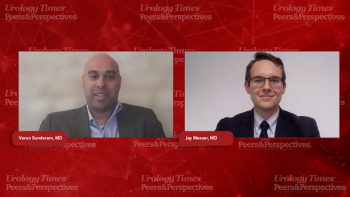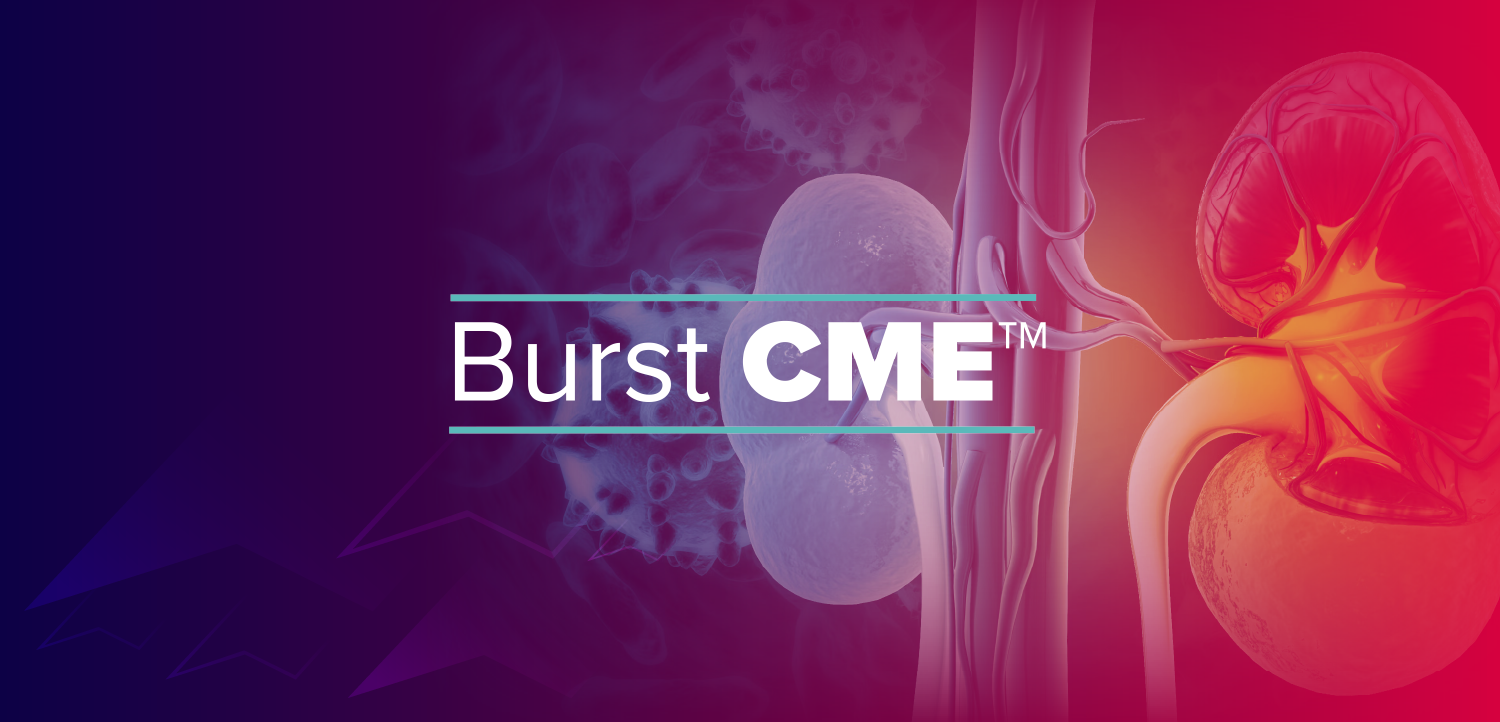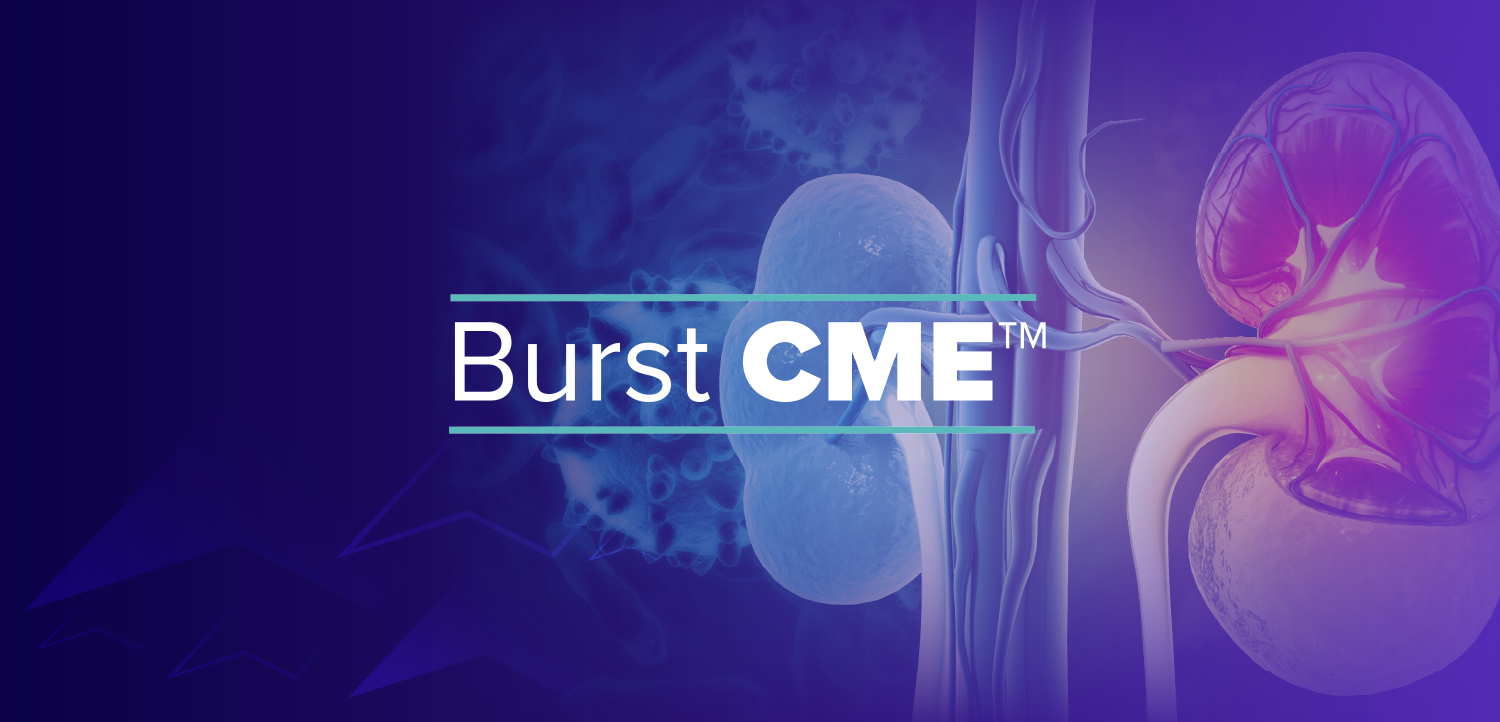
Remaining Unmet Needs in NMIBC: Closing Thoughts From Expert Panel
Panelists discuss the critical unmet need for more personalized treatment in non–muscle-invasive bladder cancer (NMIBC), emphasizing the role of biomarkers, emerging modalities like radiation, and optimized therapy sequencing to improve outcomes, as current approaches still leave many patients at risk of relapse despite expanding therapeutic options.
Episodes in this series

A major unmet need in the treatment of non–muscle-invasive bladder cancer (NMIBC) remains the ability to better match therapies to the right patients. Despite a growing number of available drugs and delivery methods, clinical decision-making is still largely driven by broad clinical factors rather than precise biological indicators. Biomarkers are seen as the key to unlocking more personalized treatment strategies—helping determine not just which therapy to use, but also when and in what sequence. There’s also interest in understanding whether early priming of the immune system or upfront combination therapy provides the most durable outcomes.
Beyond biomarkers, new therapeutic modalities are emerging that could challenge current paradigms. For instance, the use of radiation therapy for certain NMIBC cases, particularly T1 disease, is beginning to gain traction. Trials like NRG and RTOG 014 are revisiting trimodal approaches traditionally reserved for muscle-invasive cases, now with renewed interest in their applicability to high-risk, non–muscle-invasive scenarios. While there is some skepticism, many view this as a promising area worth deeper exploration and one that urologists should be actively involved in shaping.
Finally, treatment efficacy remains a concern. Even with the best current options, such as oncolytic gene therapies, the complete response rates at 2 years still leave a majority of patients relapsing. As such, there is a critical need to further develop and refine drug combinations—pairing systemic and intravesical agents in ways that maximize synergy and durability of response. Moving forward, the field must focus not only on expanding the arsenal of therapies but also on optimizing their deployment through precision medicine and thoughtful sequencing.
Newsletter
Stay current with the latest urology news and practice-changing insights — sign up now for the essential updates every urologist needs.


















